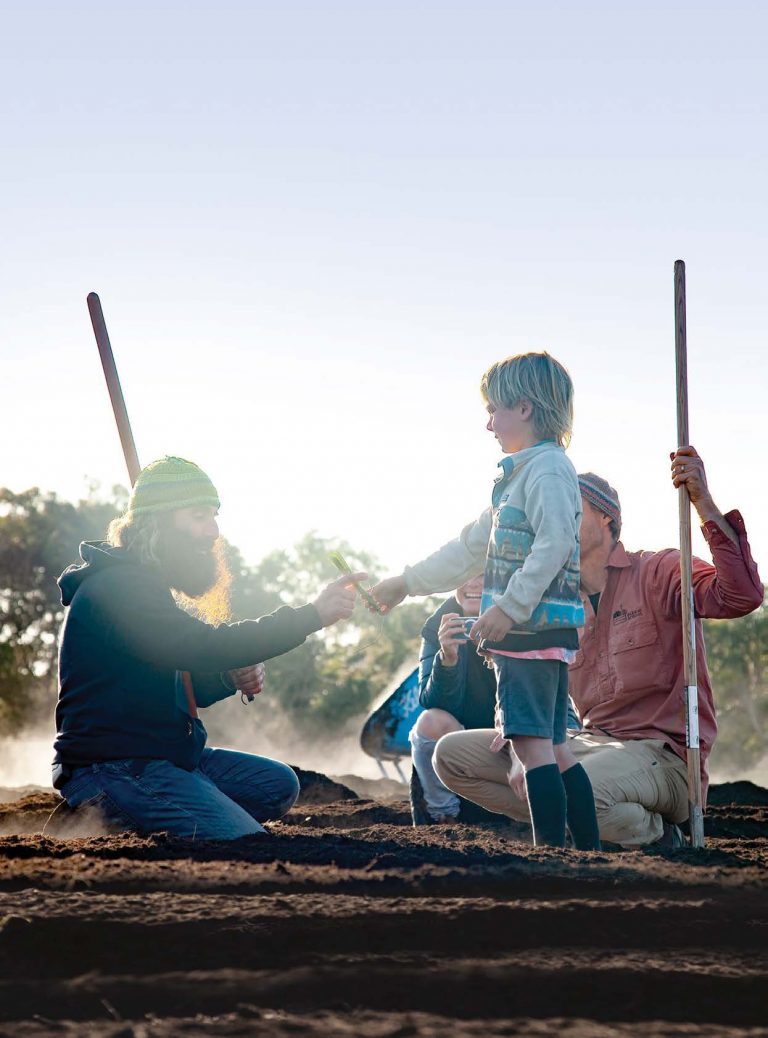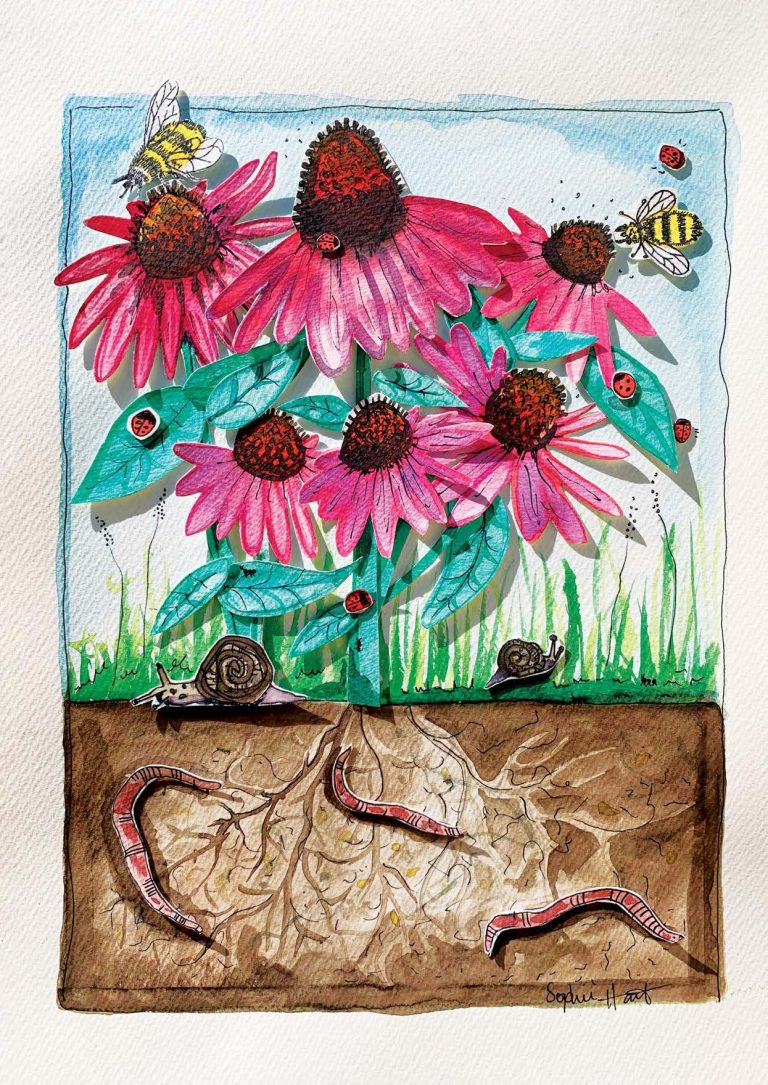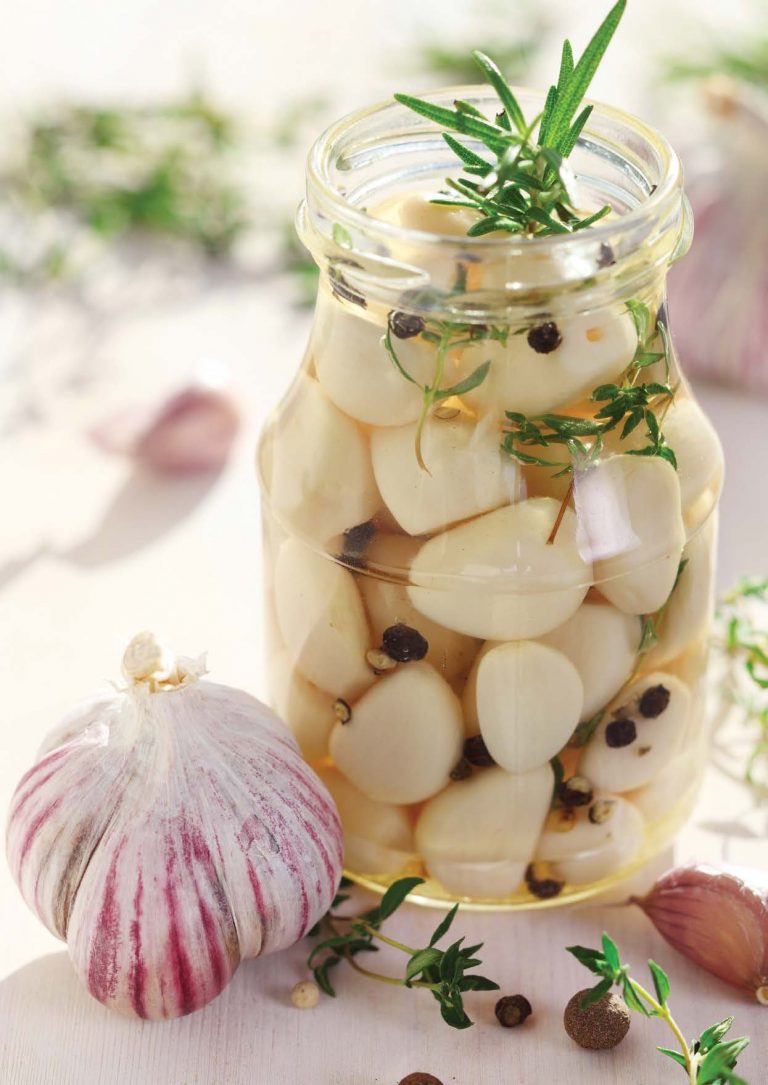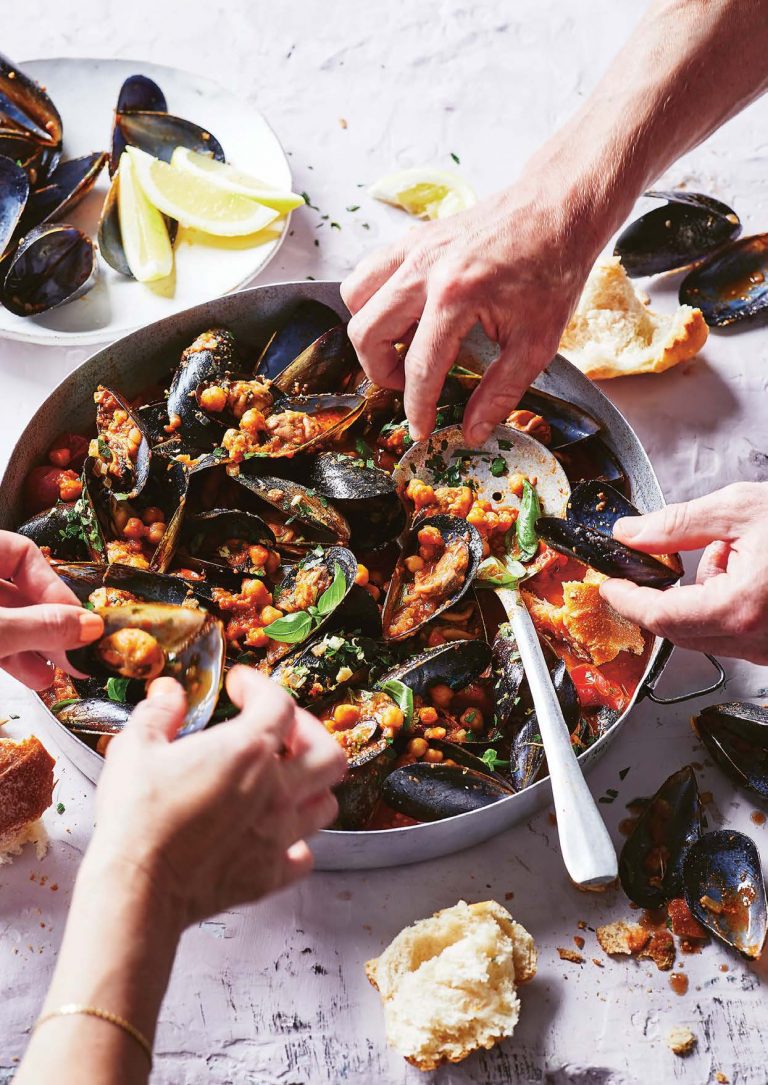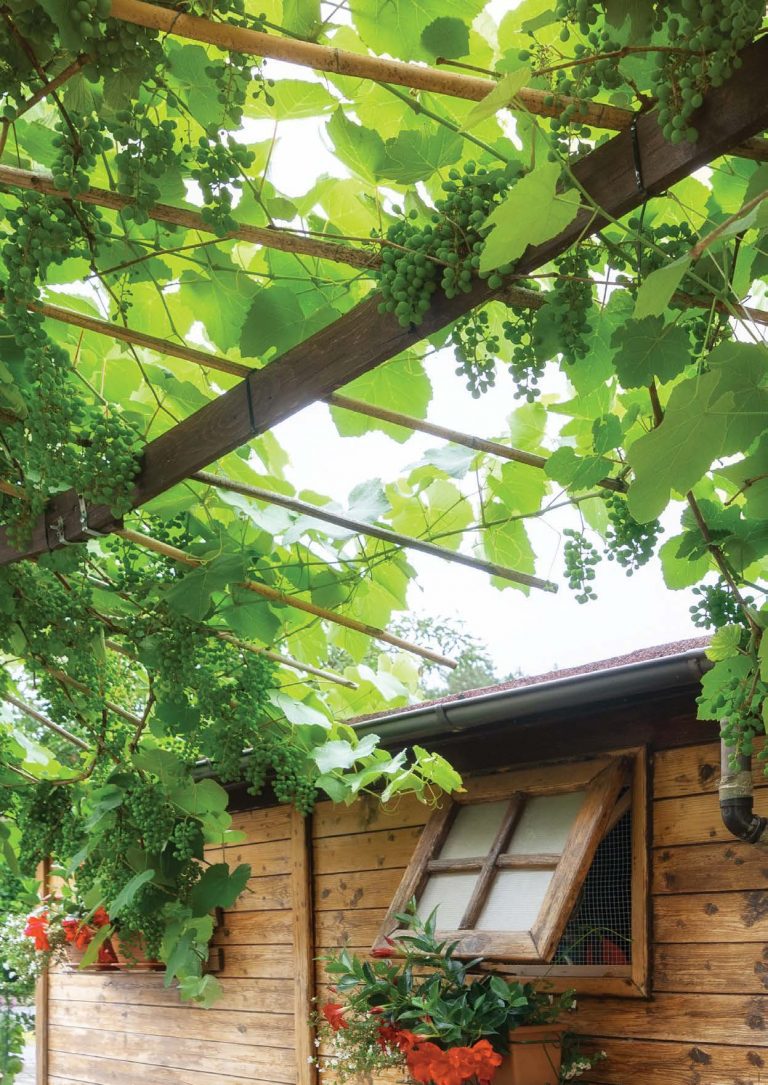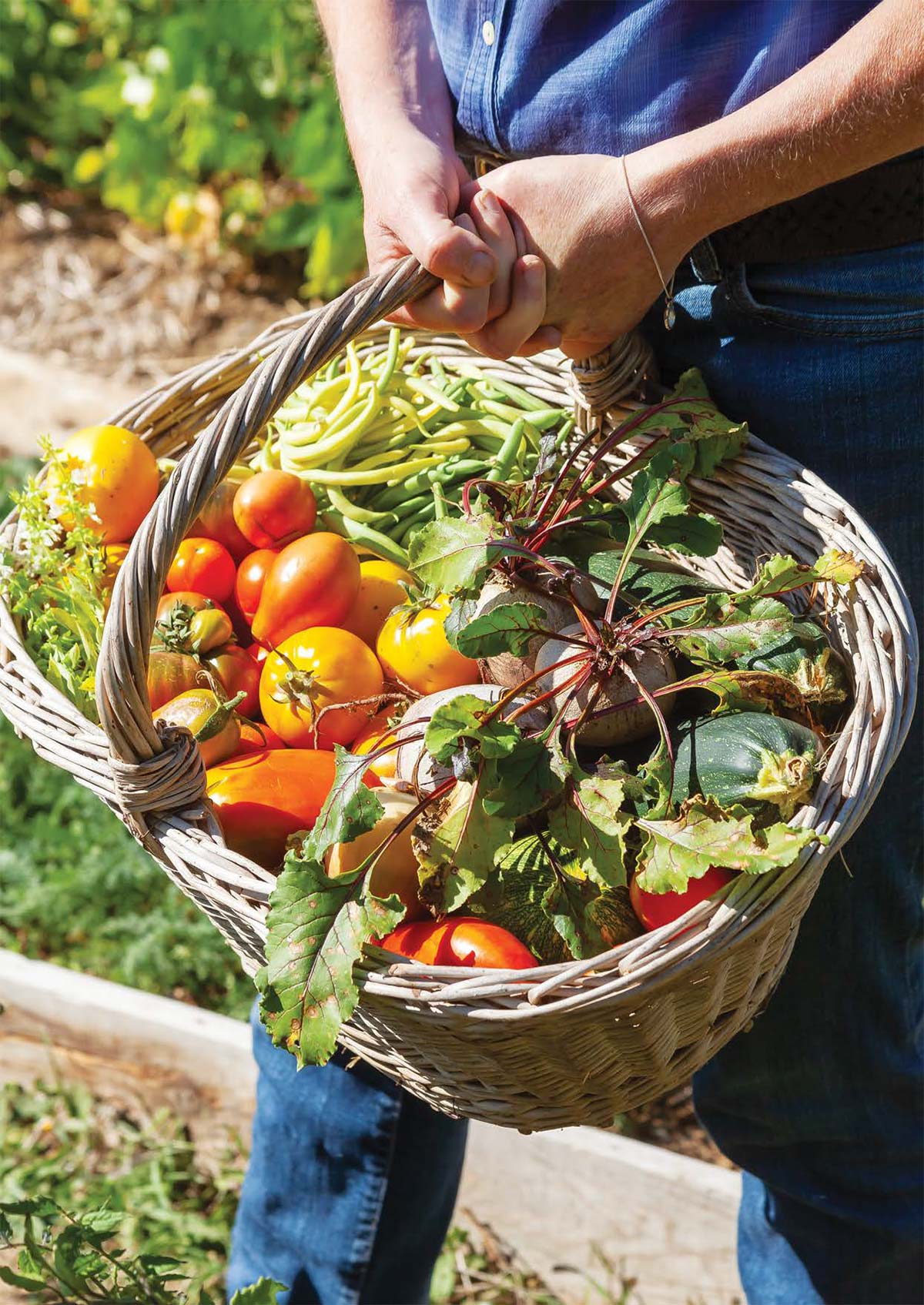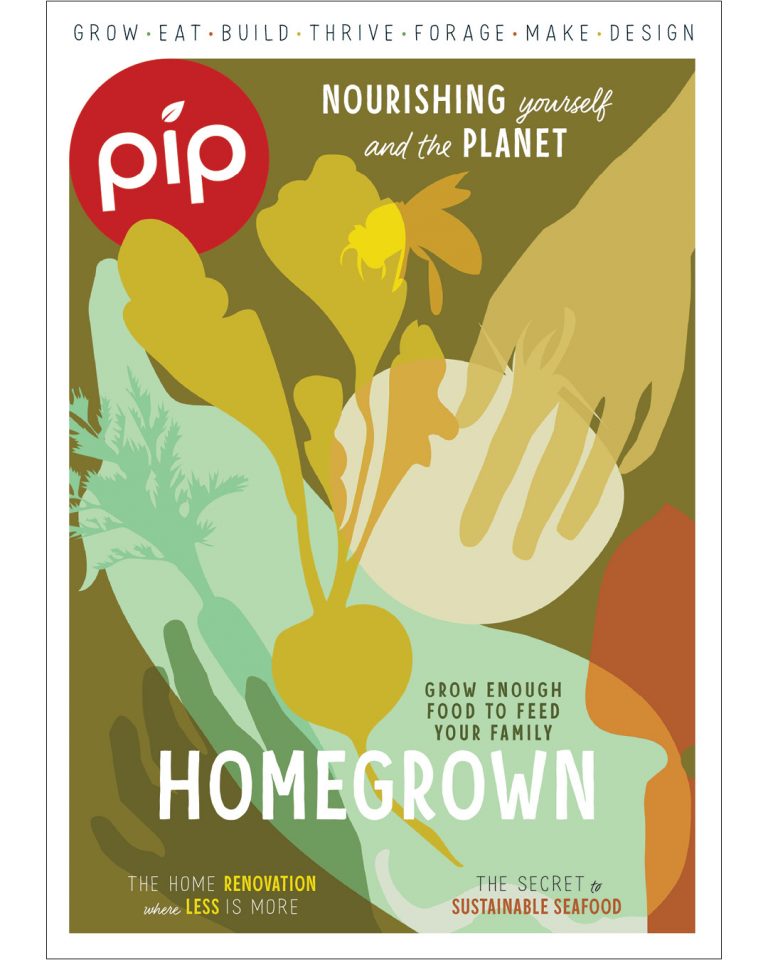Believe & Succeed: A Desert Oasis
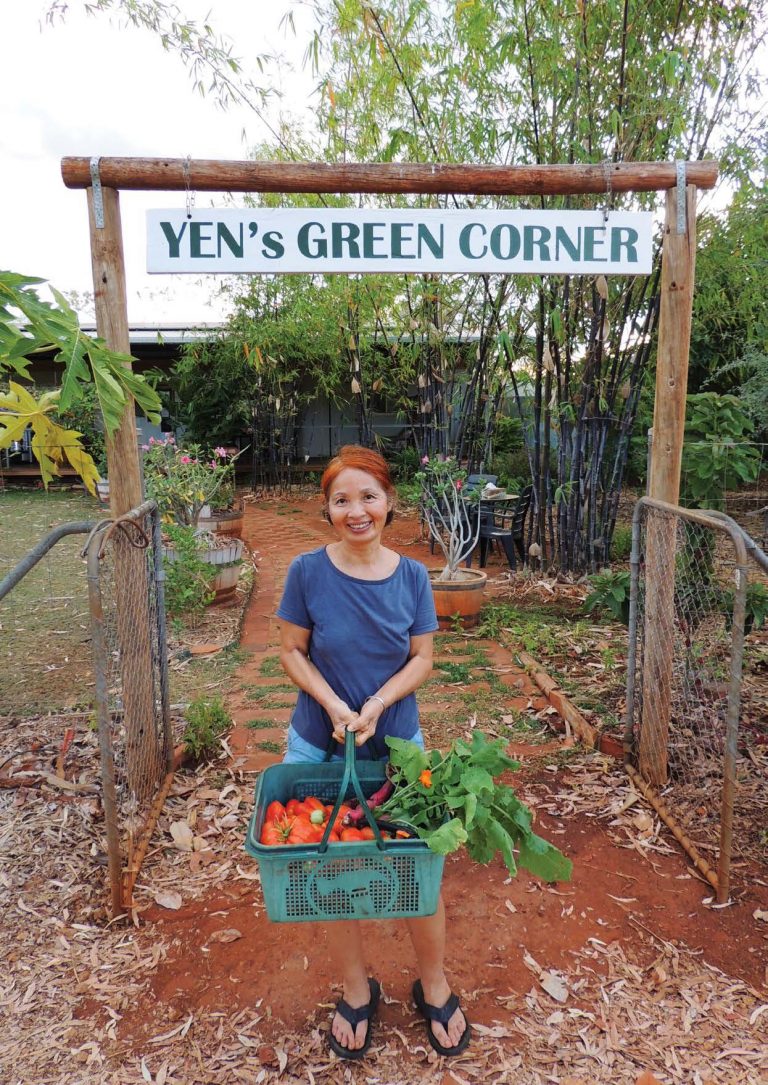
In the small Northern Territory town of Mataranka, Yen Nguyen has created a swathe of green among red dust and termite mounds.
Situated on Mangarayi and Yangman country, Mataranka is a town famous for two things: its natural hot springs and the 1908 autobiographical novel We of the Never Never, written by Jeannie Gunn. Of the region, Gunn wrote, ‘This is the land of Plenty of Time; Plenty of Time and Wait a While.’
The ‘wait a while’ bit aptly describes the patient approach of Yen Nguyen, who has set up a paradise known as
Yen’s Green Corner, turning the red dust into an abundant permaculture garden. Yen feeds locals and tourists every week through her cafe. Patrons are able to find respite in the shade, wander through her productive patch and eat fresh, organic produce skilfully crafted by Yen into Vietnamese fare. She doesn’t advertise and has never needed to. Word spreads like wildfire around the local caravan parks, with organic produce difficult to find on the road. When told of her cafe’s 4.9-star online review rating, she was completely surprised: ‘Oh! Is that good?’


